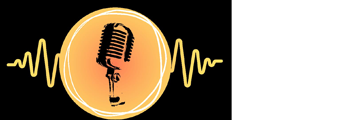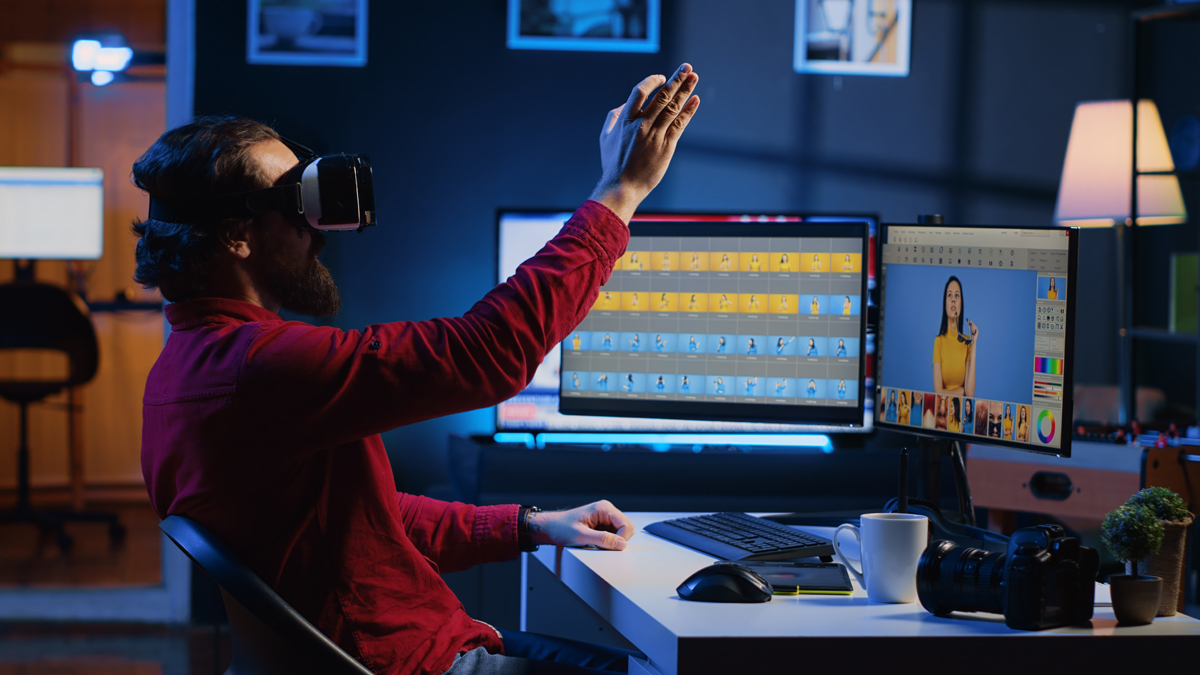Motion capture and animation tools and softwares are technologies that record human or object movement and convert it into editable digital animation. Optical, inertial, and markerless techniques measure body, face, and hands, while animation suites retarget the motion onto rigs and refine timing, weight, and style. Artists blend takes, clean curves, and add keyframed accents for believable performances across film, games, broadcast, and immersive media. This guide, titled Top 10 Motion Capture and Animation Tools and Softwares List, introduces leading options and how they fit real production needs. Our goal is to educate beginners and advanced readers in a clear, structured, and practical way.
I. Vicon Shogun Motion Capture
Vicon Shogun delivers studio grade optical motion capture built for film, television, and high end games. High speed cameras track reflective markers with sub millimeter precision, while Shogun reconstructs skeletons and solves in real time for confident on set visualization. Directors can block shots while actors perform, and animators receive clean data with foot locking and robust occlusion handling. The system integrates with Unreal Engine through Live Link and exports FBX for Maya and MotionBuilder. Although it requires controlled stages and careful marker placement, the resulting fidelity, tracking volume, and stability make Shogun a benchmark for hero performance capture.
II. OptiTrack Motive
OptiTrack Motive is a flexible optical platform valued for price performance and modular scalability. Using Prime or Flex series cameras, Motive streams low latency skeletal solving for virtual production, previz, and robotics research. Its rigid body tracking is excellent for props, cameras, and drones, while the Skeleton Asset system supports multi performer sessions with reliable labeling. Calibration wizards and active markers reduce swap errors, and continuous calibration maintains accuracy across long days. Motive exports FBX and CSV, links to Unreal and Unity, and supports VR tracker fusion. Teams appreciate the quick setup, consistent results, and broad ecosystem of mounts and lenses.
III. Xsens MVN Animate
Xsens MVN Animate uses inertial sensors in a comfortable suit to capture full body motion without external cameras. Sensor fusion and magnetic immunity enable location agnostic recording in offices, streets, vehicles, or stages. MVN real time output streams via Live Link to Unreal, Unity, or MotionBuilder for immediate visualization and fast iteration. The data is consistent across takes, with foot contact detection and anti drift strategies that stabilize long walks and turns. Because it is portable and fast to calibrate, crews can capture crowd extras, stunt rehearsals, and outdoor action where optical systems are impractical. Exported BVH and FBX files integrate easily into standard pipelines.
IV. Rokoko Studio
Rokoko Studio pairs accessible inertial suits and gloves with an intuitive desktop application for recording, retargeting, and quick cleanup. Artists can stream live to Blender, Unreal, and Unity, then drive characters during rehearsals or block outs. Rokoko Video provides markerless capture from standard cameras for previz, archviz, education, and indie projects. Smart filters reduce jitter, and hand capture enriches acting beats and prop interaction. For small teams, the marketplace of motions and free learning resources accelerates results. While inertial data may need stabilization on fast spins, the value, speed, and simple workflow make Rokoko attractive for startups and creators at any skill level.
V. Perception Neuron Studio
Perception Neuron Studio from Noitom offers robust inertial capture with swappable sensors, reinforced straps, and solid radio links for demanding shoots. Axis Studio software manages calibration, live streaming, and retargeting, while the finger option covers gestures and sign language. The system performs indoors and outdoors, making it suitable for sports analysis, action choreography, research labs, and mobile journalism. Motion data exports cleanly to BVH and FBX and connects to Unreal and Unity bridges for real time preview. Teams appreciate the rugged build and fast redeploy between performers. As with all inertial solutions, careful warm up and motion filters help minimize drift over long sequences.
VI. Faceware Studio
Faceware Studio focuses on high quality facial performance capture using a single camera or multi camera rigs. The system analyzes facial expressions and generates real time animation curves that can drive characters in Unreal or MotionBuilder. For offline fidelity, Faceware Analyzer and Retargeter deliver detailed tracking with artist guided control, including jaw, lip, and eye nuance. This workflow is favored for dialogue scenes, emotional beats, and broadcast avatars. It supports head mounted camera setups and desk based webcams, giving teams flexibility across budgets. With consistent calibration and careful lighting, Faceware produces expressive faces that sync convincingly with body motion from optical or inertial sources.
VII. Reallusion iClone with Motion Live
Reallusion iClone with Motion Live unifies body, face, and hand capture in a streamlined animation environment. Creators connect devices like Xsens, Rokoko, and Faceware, then preview and record in real time with cameras, lighting, and props. The Curve Editor, Reach Target, and Motion Director features refine gaits, contact, and blocking without leaving iClone. Character Creator simplifies rigging and retargeting for game characters with clean topology and LODs. iClone exports to FBX, Alembic, and USD, and round trips with Unreal through the dedicated bridge. For small studios, this combination enables rapid prototyping, live previz, and final polishing in one accessible package that scales as needs expand.
VIII. Autodesk MotionBuilder
Autodesk MotionBuilder remains a staple for motion editing, retargeting, and complex character rigging in performance workflows. The Story Tool manages clips, layers, and time warps for non destructive editing across long productions. Animators rely on Control Rigs, Character Extensions, and constraints to preserve physical plausibility while adjusting timing and contact. MotionBuilder reads and writes FBX reliably, forming a glue layer between capture systems and DCC packages like Maya. Live Device connections stream data from optical and inertial sources, enabling precise supervision on set. Although the interface is mature, its speed, stability, and deep toolset make it indispensable for teams that handle dense capture libraries.
IX. Unreal Engine
Unreal Engine delivers a real time animation and virtual production platform with Control Rig, Sequencer, and Live Link for device connectivity. Teams visualize performances on near final characters, lighting, and environments, reducing the gap between previz and finished shots. Control Rig enables procedural adjustments and layered keyframing directly in engine, while Metahuman rigs accelerate setup for realistic faces. With Take Recorder, directors manage multiple sources and iterate quickly on timing and composition. Nanite and Lumen support cinematic quality during playback, allowing confident creative decisions. Unreal also stores motion as reusable assets, making it a powerful hub for capture, layout, and editorial review.
X. Blender
Blender provides a free end to end 3D suite with strong motion retargeting, Non Linear Animation, and graph editing. Add ons like Auto Rig Pro, Rokoko Live, and Rigify streamline character setup and device connectivity. Animators combine captured layers with keyframed accents to enhance weight, balance, and stylized appeal. Grease Pencil assists with planning and hybrid 2D and 3D workflows, while Geometry Nodes handle procedural utilities for cleanup and motion modifiers. With a large community and frequent updates, Blender supports education, indie studios, and commercial teams who want a capable environment that integrates well with capture hardware and real time engines throughout the production journey.

